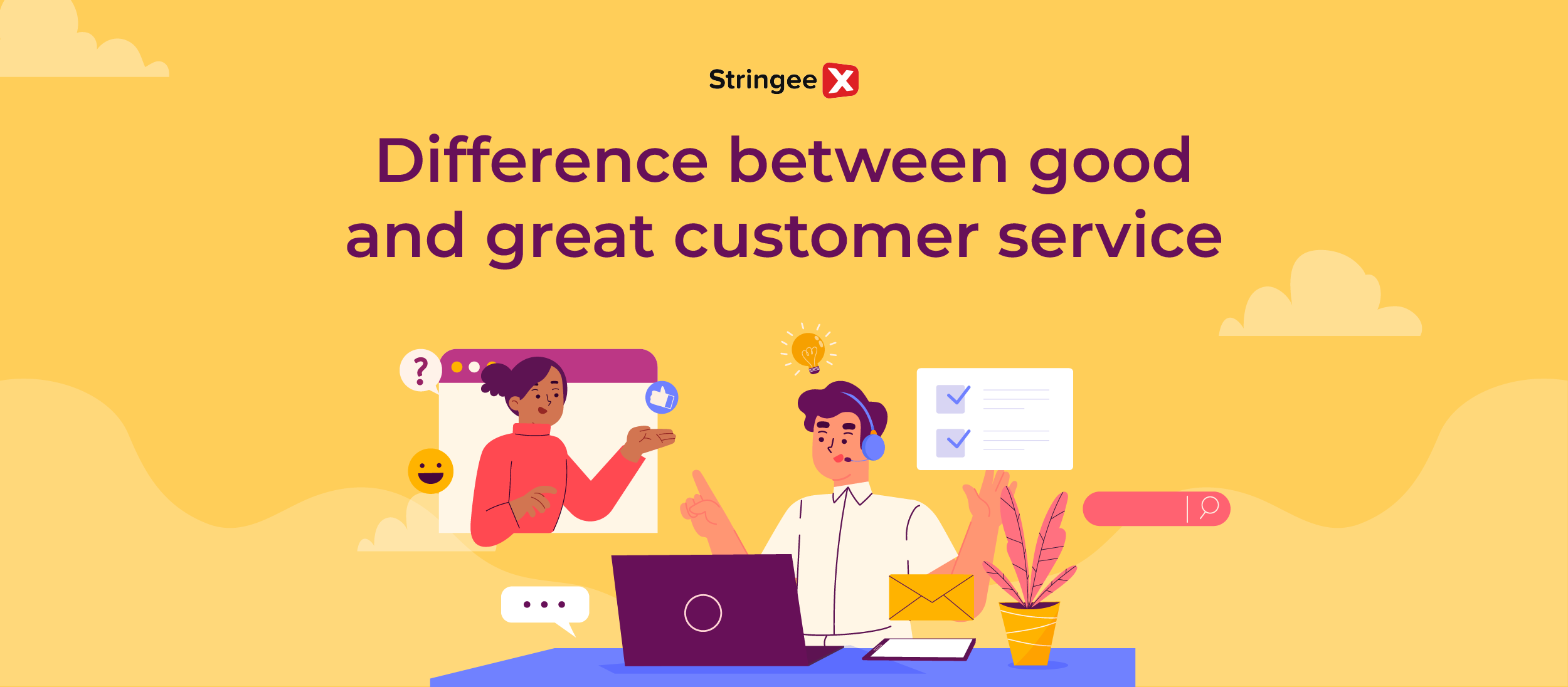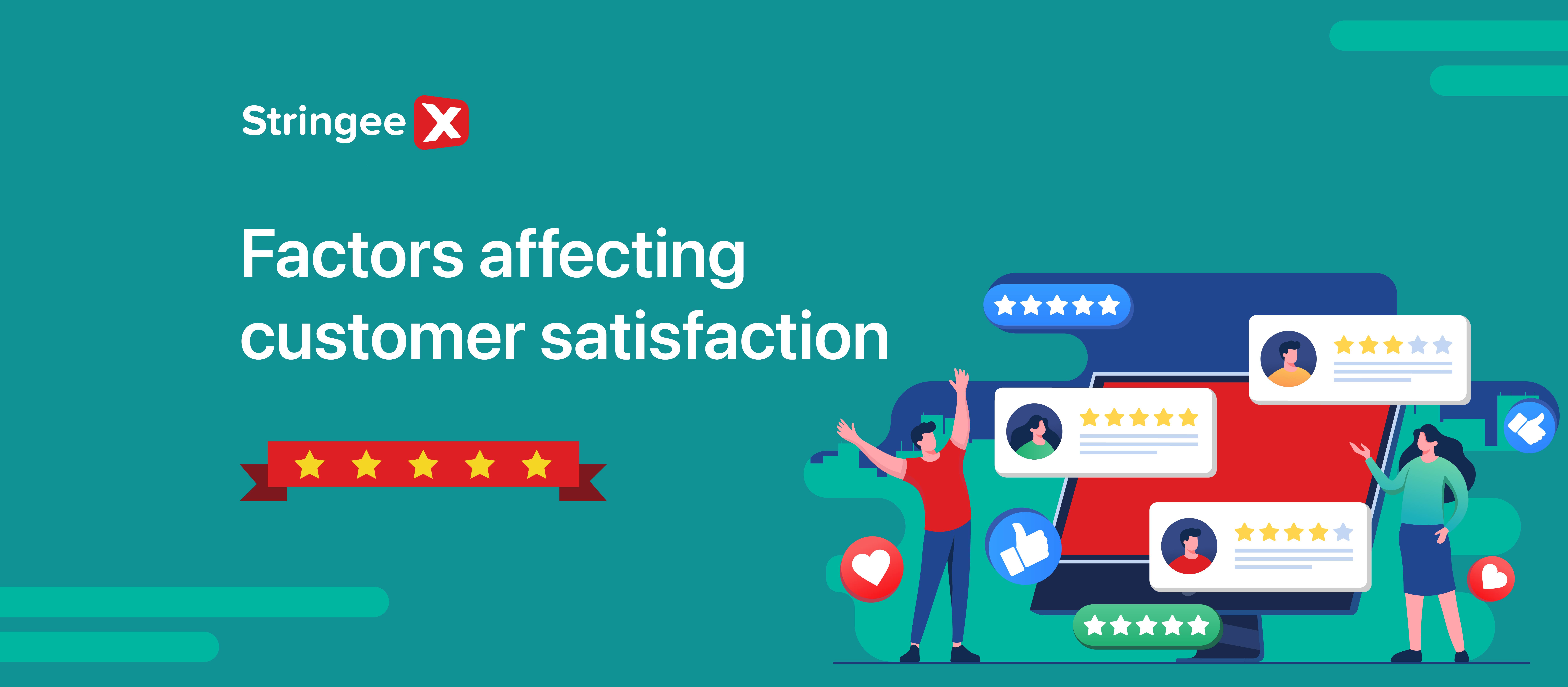Introduction
Like marketing and product quality, customer service is a key factor behind a brand's reputation. That's all the more reason you should understand the major difference between good and great customer service! Our team will discuss the details in the article below to give you a closer look.
Why Customer Service Matters
Regardless of which industry you're working in, customer service will always serve as a bridge between your company and its clientele for three important reasons:
Your buyers will likely become repeat customers (Source: Flickr).
Customer Retention
First, customers are more likely to turn into repeat customers when they feel valued and understood. This is a significant economic advantage given that acquiring new customers is usually much more expensive than retaining existing ones. Hence, your business can reduce customer churn and protect its revenue streams.
And that's not all. According to our research, many satisfied customers might go even further and become "brand advocates" who willingly recommend your products to their friends and families. Such organic word-of-mouth marketing is the backbone of a strong brand reputation.
Competitive Advantage
Positive experiences with your customer service team will likely drive people to share their stories on social media or review platforms, increasing your store's visibility and, eventually, annual sales.
That visibility in a crowded market saturated with similar products or services can set your business apart and pave the way for a loyal audience. You can even leverage that advantage to charge premium pricing for your current and future products.
Future Opportunities
Many have shared with us how they 'accidentally' discovered a goldmine of opportunities for their companies by actively listening to customer feedback.
You can follow in their footsteps, too; it will likely bring in even more amazing product ideas that contribute to profitability and eventual customer satisfaction. As long as you keep this productive cycle repeating, your business will survive the harsh competition in the market no matter what.
Difference Between Good and Great Customer Service
Exceeding Expectations
A customer service rep is expected to deliver what the customer anticipates or requires (good services).
Great services go beyond that to not only meet but even exceed customers' demands. These agents can predict potential obstacles (long before those issues even arise) instead of just reacting to customer complaints and trying to surpass guarantee promises whenever possible.
Some agents even go so far as to refer to past issues to recommend suitable products for customers' ongoing problems. Plus, since not all customer requirements are voiced vocally, great service reps must know how to pay close attention to customers' body language, words, tone, and other similar cues to understand what they actually need.
Personal Touch
Many brands train their agents to address customers by name (Source: Pexels).
A key differentiator between good and great service is personal touches.
The latter creates detailed customer profiles based on target demographics and purchase history to tailor each interaction to the individual's preferences. Many big brands have even trained their customer service agents to address customers by name or send well-prepared, handwritten thank-you notes showing their presence is valued.
Most importantly, to deliver great service, you must maintain consistency in EVERY interaction with that customer, regardless of the channel or employee. Here's where omnichannel solutions like StringeeX enter the scene!
It allows you to communicate with customers across all channels from a single dashboard, meaning there's no need to switch between platforms or spend time gathering customer data from multiple sources. Thanks to this extremely unified database, you can guarantee smooth, personalised service for that customer anytime and anywhere while ensuring nothing falls out of place.
Immediateness
Many employees see customer issues as routine tasks to check off (regardless of severity), but excellent agents know better. They define Service Level Agreements (SLAs) for different inquiries to set clear expectations for customers and employees.
For instance, great customer service systems are designed to prioritise urgent issues based on predefined criteria (e.g., impact on loyal customers, potential revenue loss) to address critical problems swiftly. High-priority issues might have a one-hour response time SLA, while general inquiries (less urgent matters) have a four-hour SLA.
Real-time support is also a defining quality often associated with great customer service. When powered by leading solutions like StringeeX, a business can offer live chat on the website to ensure immediate, 24/7 customer support. Plus, StringeeX's omnichannel approach makes it easier to monitor social media platforms and address customer inquiries promptly.
Creativity
From our experience, regular customer service often relies heavily on predefined scripts, making the interactions feel "robotic" and limiting the agents' ability to tailor their responses more individually. Too much focus on efficiency tends to overshadow the importance of customer experience.
That's where great, exceptional customer service differs. Agents are willing to go beyond standard procedures to find effective solutions, even though such methods might be unconventional or require extra steps. When done right, these unexpected perks will eventually help build stronger customer relationships and set the businesses miles apart from competitors.
First-time Resolution
Dealing with complex customer issues tends to require multiple interactions to reach a resolution.
Of course, good customer service can still efficiently address such problems. But we must say constant transfers between departments often decrease customer satisfaction and, in the worst-case scenario, keep them from returning.
On the other hand, great customer service strives to resolve the issue on the first contact. To do so, they must have a very deep understanding of customer needs in the first place, as well as a strong problem-solving skill set to pinpoint the bottleneck in minimal time.
Tips to Deliver Excellent Customer Service
Know Your Customers
Without a deep understanding of your target audience, it would be almost impossible to tailor customer service to their needs!
We suggest pinpointing the specific characteristics of your ideal customer, such as age, gender, location, income level, occupation, education, and family size. Then, you should conduct further research for every single customer to uncover their motivations and underlying (sometimes even unsaid) needs.
Some large enterprises even attempt to "humanise" their target audience by using real data to develop fictional representations of customers. If you want to try this approach, make sure to cover all the necessary customer data in your research so the results will be as accurate as possible.
Respond Quickly
As mentioned above, quick response times directly correlate with higher customer satisfaction. Hence, a common strategy is establishing specific and achievable response time goals for different communication channels (email, phone, social media).
Quick response times correlate with higher customer satisfaction (Source: Pxhere).
Remember that your team must communicate these goals effectively to ensure everyone's performances are well-aligned. Most importantly, you (and your agents) must keep customers informed about the status of their inquiries — even if a complete resolution is not immediate — to manage customer expectations within an achievable range.
Empathise with Your Customers
Demonstrating empathy is not as challenging as it might sound; you only need to pay more attention to your actions and word choice (e.g., not interrupt them when they're speaking or use empathetic language to acknowledge their feelings).
If that still sounds difficult, just imagine yourself in the customer's situation and consider how you would feel if you were experiencing the same problem. That way, you can better understand the customer's emotional state and respond accordingly.
Conclusion
At the end of the day, the difference between good and great customer service boils down to the extra efforts you're willing to take to satisfy customers' needs. Tools like StringeeX can streamline the process much better for you; contact us to learn more about what StringeeX can do.










